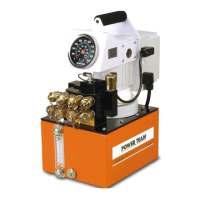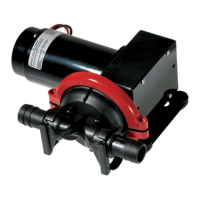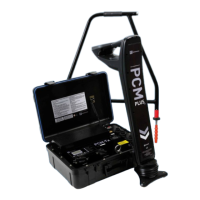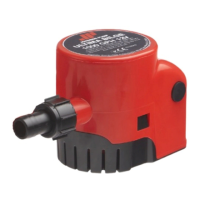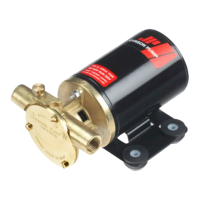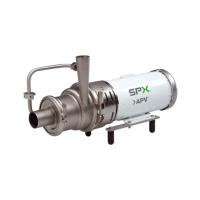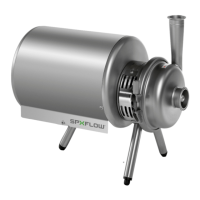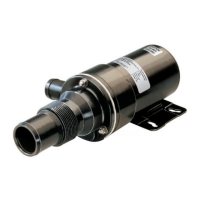14
© SPX
Form No. 1000572
Rev. 0 February 8, 2012
Adjusting The Pressure Switch (for Electric Units)
Generally, the pressure switch should be used with the pressure regulating valve and used in a
hydraulic circuit where system pressure must be “held”. It automatically (electrically) turns off the pump
motor when the predetermined system pressure is reached. It either attaches directly to the control
valve manifold or can be mounted “in-line” to read system pressure. It has a 1/4" NPTF male thread,
and a 1/4" NPTF tting for gauge mounting, if required, and is adjustable from 69 to 690 bar (1,000
to 10,000 psi). This can also be used to actuate other electrical devices in the system and is wired
“normally open” and held closed by spring pressure.
1. Loosen the locknut on the pressure switch, and turn the adjusting screw in a clockwise direction.
This increases the pressure setting to a higher than desired pressure.
2. Adjust the pressure regulating valve to the desired pressure setting by using the procedure
previously outlined.
3. With the pump running and bypassing fluid at the desired pressure, slowly turn the pressure switch
adjusting screw in a counterclockwise direction, decreasing the pressure switch setting until the
pump motor shuts off.
4. Lock the adjusting screw in position by tightening the locknut.
5. Release pressure. Run the pump to check the pressure setting and cut-out of the motor. It may be
necessary to make a second adjustment.
Note: When the pressure switch setting is reached, the motor shuts off. However, the “coast” of the motor
continues to deliver uid for a brief period. The pressure regulating valve bypasses this surplus uid,
preventing it from going into the system. As a result, the pressure differential can be held to approximately 20
bar (300 psi).
Operating Instructions continued

